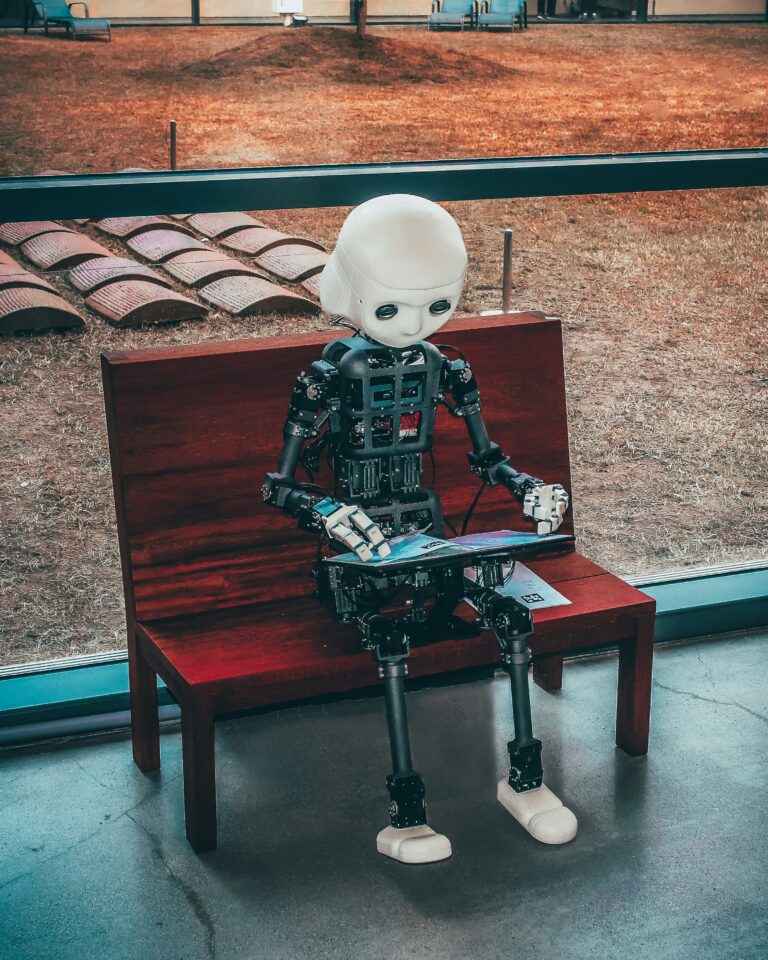Back in the early 2000s, probably around 2003, I found myself at an exciting crossroads in my career as a developer. At that time, I was deeply entrenched in my role working on Lotus Notes. We were already exploring alternative development platforms, as the need for more robust and versatile tools became evident.
Java was my first choice for this transition. Its object-oriented nature and platform independence were appealing. Eventually, I deployed a system in Java that allowed my Lotus Notes application to generate a PDF from the data in a form for a real estate system the bank used. However, before I could reach that point, I had to learn the language. For me, the best way to learn is by doing something of interest, or even fun.
During this transition, my curiosity led me to dabble in the burgeoning field of artificial intelligence. Today, we might label this as being “AI curious.” I didn’t have a business-driven use case for developing this functionality. Instead, as a technologist, I was driven by a desire to understand the limits of AI. My aim was to see if I could find any advantageous applications that I could later suggest to my business partners as viable options.
One of my early projects was developing a chat bot. This chat bot wasn’t just a basic Q&A machine; it was designed to integrate with the Lotus messaging system we were using at the time. As simple as it could get, the bot listened for API calls to the local messenger instance and automatically replied with one of several preset choices. Without much development of logic to understand incoming messages and provide logical responses, the bot didn’t add significant value.
Like many who experiment with new technology, I had an “oops” moment that was the deciding factor to retire the bot. My manager messaged me about a meeting while I was dabbling with the bot. It automatically responded—nothing inappropriate, but the response made no sense compared to the initial message. I had to explain what had happened and showed her the bot. However, without a solid business case other than learning a new language, it wasn’t a good fit for further development.
This experience was also a great example of opportunity. The actual use case was for me to learn and evaluate new development platforms for our team, but I didn’t just focus on learning the syntax. Instead, I looked for opportunities where I could leverage that new language in something that might be useful for the organization.
Looking back, those early experiments were pivotal. They not only broadened my understanding of AI but also set the stage for future projects. It was a time of learning and growth, filled with the challenges and rewards that come with exploring new technology frontiers.
In many ways, those days laid the groundwork for my ongoing journey with AI and development. The lessons learned from integrating a chat bot with Lotus Notes have stayed with me, underscoring the importance of adaptability and continuous learning in the ever-evolving tech landscape.
Photo by Andrea De Santis on Unsplash







